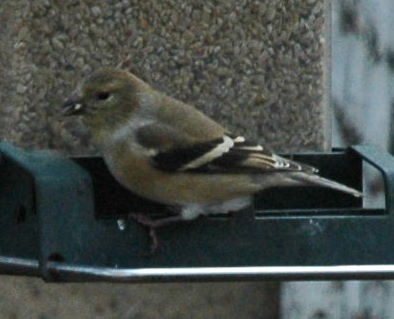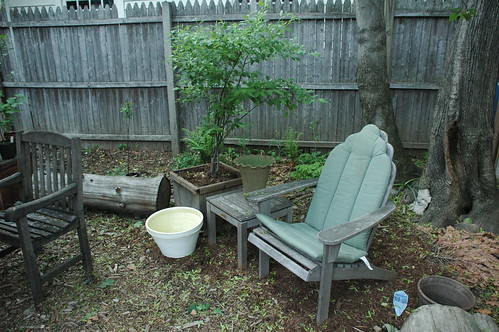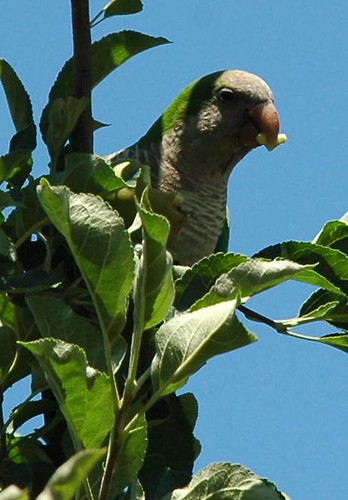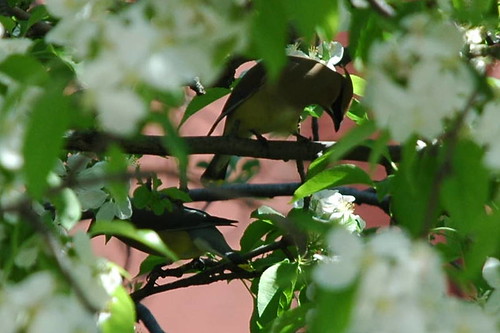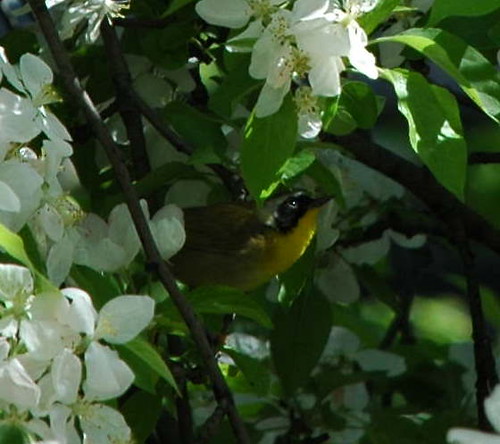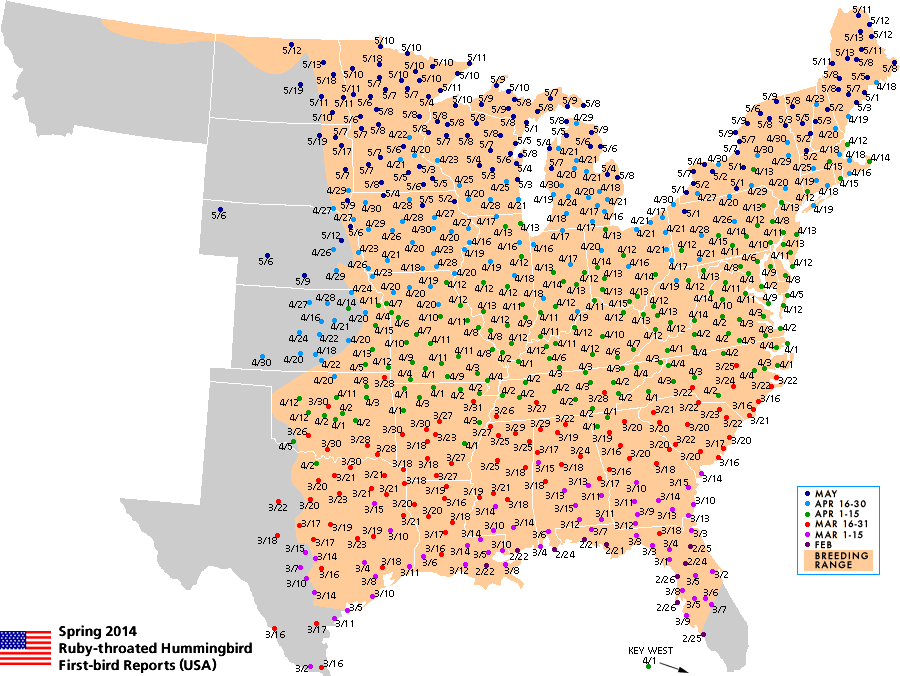[Updated 2006.09.14 20:41 EDT: Added Why I Wrote the Letter. Minor corrections.]
I wrote a letter last Wednesday to the New York Times in response to an interview with ornithologist Joseph M. Forshaw, a world expert on parrots, in last week’s Science section, “A Passion for Parrots and the Fight to Save Them in the Wild”. They published an edited version of it (under my “real” name”) today. Here it is in its entirety:
Monk parrots are now established in 14 states and spreading north in New York. In their native ranges, they are sometimes serious agricultural pests of fruit crops. We will see what economic damage they cause here as their numbers expand. We don’t know how much environmental damage they’ve already caused by competing with and displacing native species.
As the ornithologist Joseph M. Forshaw noted admiringly, “Parrots are such wonderful generalists.” This is a common trait of invasive species, including other generalists that New Yorkers are all too familiar with: starlings, pigeons, rats and roaches. Our admiration of these birds should not blind us to their potential impact.
I’m proud and excited about this. This is only the second time in my life I’ve had a letter published in a newspaper. (The first was a letter I wrote to Newsday when I was 16 years old in opposition to the Shoreham nuclear power plant on Long Island. I wrote a letter to NPR several weeks ago. They were interested in it, but I don’t know if that ever aired.)
I’ll be coming back and updating this entry with the back-story about why I wrote the letter, and what I learned about writing letters!
Why I Wrote the Letter
The article, published in last Tuesday’s New York Times, was an interview with ornithologist Joseph M. Forshaw. Forshaw spoke about his experiences with parrots and humans’ relationships with them all over the world, and the dangers they face from exploitation and habitat destruction.
The photos accompanying the article showed Monk Parrots from Brooklyn’s Greenwood Cemetery. I already knew why those photos were there. Forshaw had accompanied Steve Baldwin on one of his “Parrot Safaris”, and Baldwin had blogged about it on his blog site, Brooklyn Parrots:
I recently had the pleasure of meeting an amazing Australian naturalist … His name is Dr. Joseph Forshaw and he’s widely regarded as the world’s foremost authority on parrots. I had the honor of serving as his “guide” when he came to see the wild parrots of Brooklyn. … The New York Times wrote up a nice story on Dr. Forshaw … I am glad to say that there are some great shots of the “Brooklyn Boids!”
The problem was, the photos accompanying the article in this way associated an introduced species with the important issue of conserving parrots in the wild in their native habitats. The Times identified the parrots as “feral monk parrots.” A caption to one of the photos identified them as “nonnative New Yorkers,” but provided no further explanation.
“Feral” is incorrect to describe these populations. Neither the species nor the individuals are domestic parrots “escaped” into the wild: they are breeding and reproducing in the wild. So I wrote the letter hoping to address, and correct, a misleading absence of information about their status here.
[goo.gl]
Related posts
My other posts on Parrots and Invasive species.
Links
The letter as published

